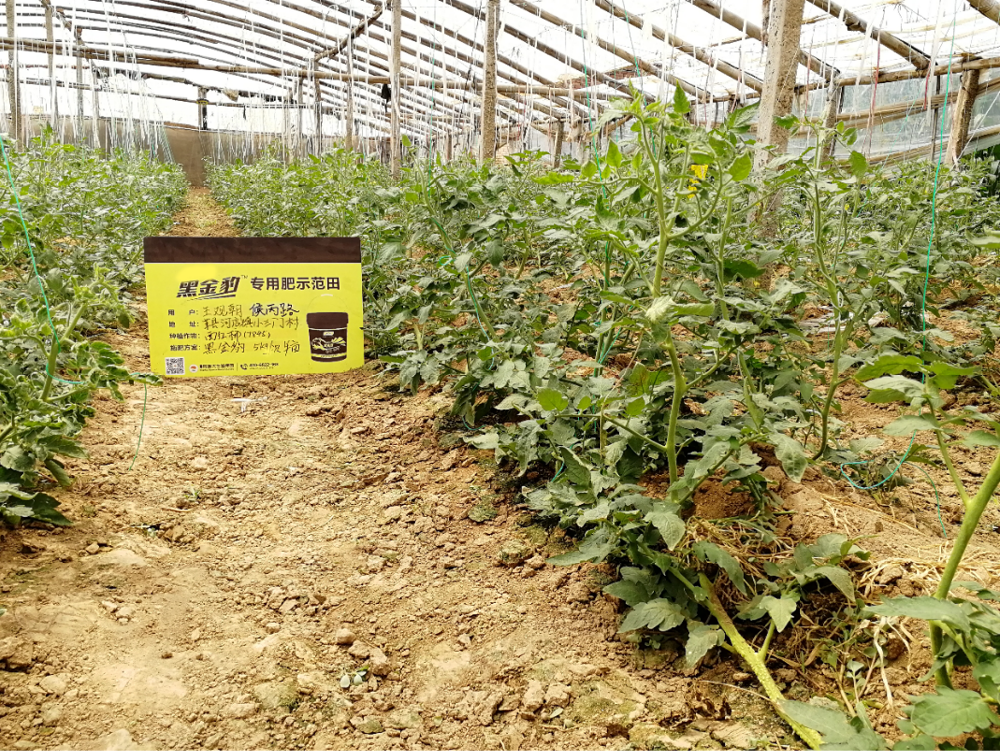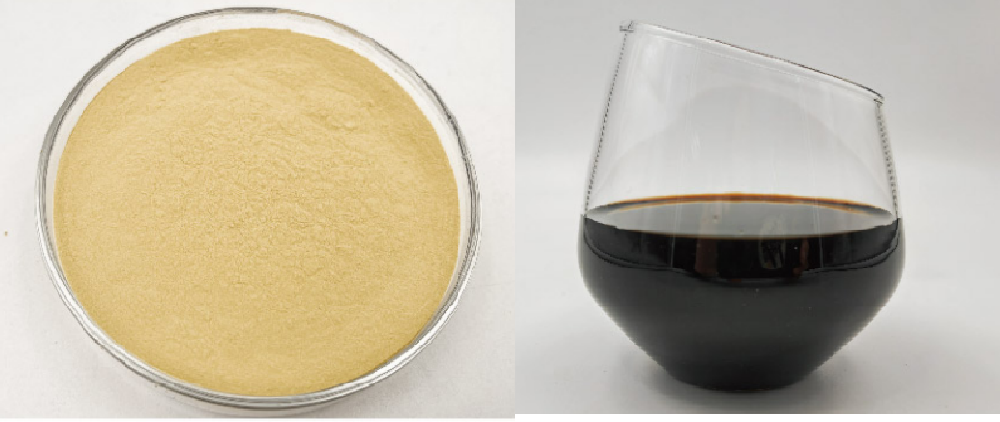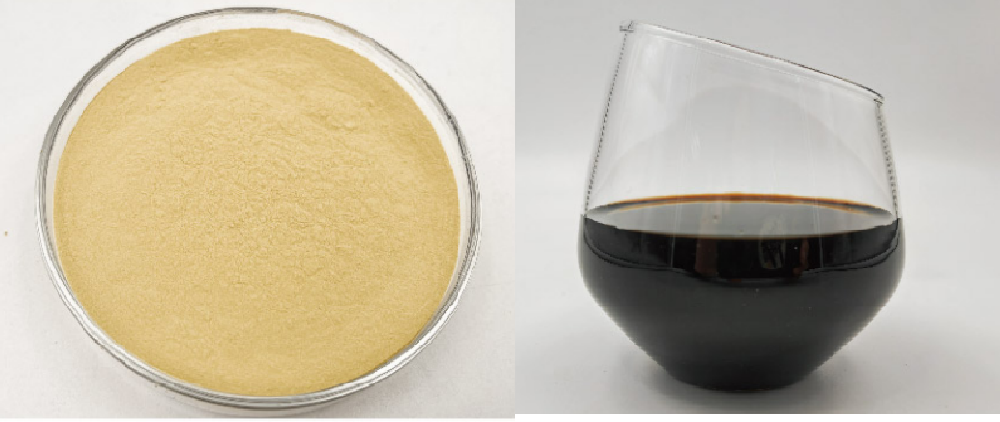Characteristics and Agricultural Value of Chitosan Oligosaccharide
What is Chitosan Oligosaccharide?
Chitosan Oligosaccharide (COS) is a low-molecular-weight product derived from chitosan through enzymatic or chemical degradation, typically with a molecular weight below 2000 Da. Composed of 2–20 glucosamine units linked by β-1,4-glycosidic bonds, this natural bioactive substance boasts excellent water solubility, high biocompatibility, and multifunctionality, making it uniquely advantageous for agricultural applications.
Core Properties and Mechanisms
The agricultural value of COS stems from its distinctive molecular structure:
Cationic Properties: Amino groups confer positive charges, enabling binding to pathogen cell membranes.
Signaling Molecule Function: Activates plant defense-related gene expression.
Chelation Effect: Binds trace elements to enhance fertilizer efficiency.
Induced Resistance: Triggers systemic acquired resistance (SAR) in plants.
Four Key Functions of COS in Agricultural Production
1. Biopesticide Alternative
| Action Type | Effects | Experimental Data |
|---|---|---|
| Antibacterial Activity | Inhibits 70+ pathogenic bacteria | 68.9% control efficacy on rice blast |
| Antiviral | Induces antiviral proteins | 62% inhibition of tobacco mosaic virus |
| Anti-insect | Destroys insect chitin | 40% increase in aphid mortality |
A 2021 study by Shandong Agricultural University found that 0.1% COS solution reduced wheat scab incidence by 57.3% while cutting chemical pesticide use by over 30%.
2. Plant Growth Promoter
Root Development: Stimulates lateral root formation (+35% root hair density)
Photosynthesis: Enhances chlorophyll content (+18–25%)
Yield Improvement: Increases tomato yield by 12–15%, rice grain weight by 2.1g
Quality Enhancement: Boosts vitamin C content in fruits by 20–30%z
3. Stress Resistance Enhancer
Performance under abiotic stress:
Drought resistance: Elevates proline levels (3.2×)
Salt tolerance: Reduces Na+ absorption (-40%)
Cold resistance: Maintains membrane stability (25% lower electrolyte leakage)
Heavy metal resistance: Decreases cadmium uptake by 58%
4. Soil Conditioner
Promotes beneficial microbes (5× increase in actinomycetes)
Boosts organic matter (+15–20%)
Alleviates continuous cropping obstacles (42% lower disease incidence)
Four Future Trends Driven by Technological Innovation
1. Breakthroughs in Molecular Design
Targeted enzymatic hydrolysis: Produces specific oligomers (e.g., pentamers, hexamers)
Structural modification: Develop derivatives like carboxymethyl-COS
Nano-delivery systems: Achieve 90%+ encapsulation efficiency
2. Diversified Application Scenarios
Smart Agriculture Integration:
IoT-enabled fertigation systems
Precision spraying via drones + COS synergism
Seed coating in Industrialized Seedling Production
Emerging Product Development:
Stress-specific formulations
Soil remediation kits
Post-harvest preservation coatings
3. Policy-Driven Industry Advancement
Global regulatory updates:
China: Listed in Green Production Materials Catalog
EU: Approved as "Basic Substance" (2024)
USA: EPA exempts residue limits
Market projections (2023–2030):
12.3% CAGR
Asia-Pacific to dominate >45% market share
Biostimulant segment to reach $870 million
4. Sustainable Agricultural Systems
Ecological Benefits Matrix:
Reduces pesticide runoff (-40% non-point pollution)
Carbon sequestration potential (0.8–1.2 t/ha)
Biodiversity protection (60% higher predator survival)
Innovative Economic Models:
Carbon credit-based ecological compensation
Full-cycle traceability certification
Value stacking in functional agriculture
Challenges and Future Breakthroughs
Current Technical Bottlenecks:
High production costs (30% above synthetic pesticides)
Field stability issues (half-life <72 hours)
Incomplete mechanistic understanding (only 23 known signaling pathways)
Priority R&D Areas (Next 5 Years):
Microbial synthesis (50% cost reduction)
Slow-release formulations (15-day efficacy)
Multi-omics mechanism studies (genome-wide response mapping)
As global demand for sustainable agriculture intensifies, COS is transitioning from a supplementary product to a core agricultural input, driven by its eco-friendliness, versatility, and renewability. By 2030, COS is projected to penetrate 70%+ green farming systems, enabling a 40% reduction in synthetic agrochemical use and realizing a true "sugar-over-chemicals" revolution. This transformation requires not only technological innovation but also an integrated ecosystem bridging research, policy, and market adoption to unleash COS’s full potential in global agriculture.




